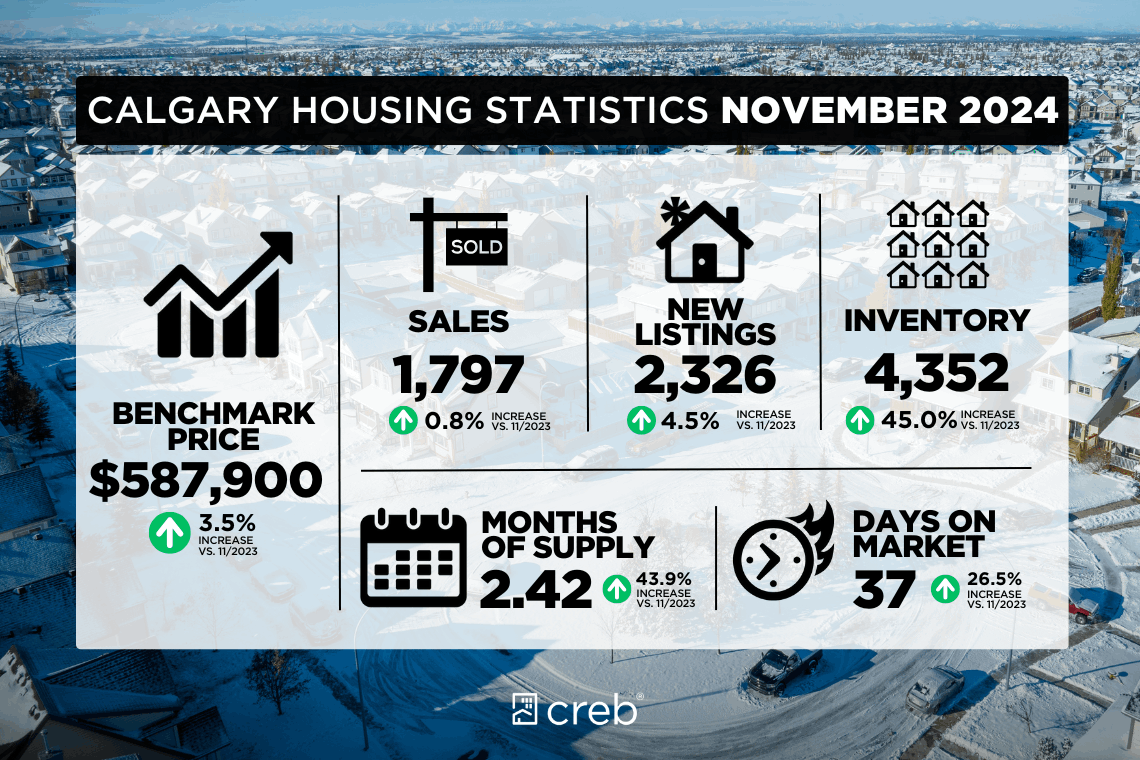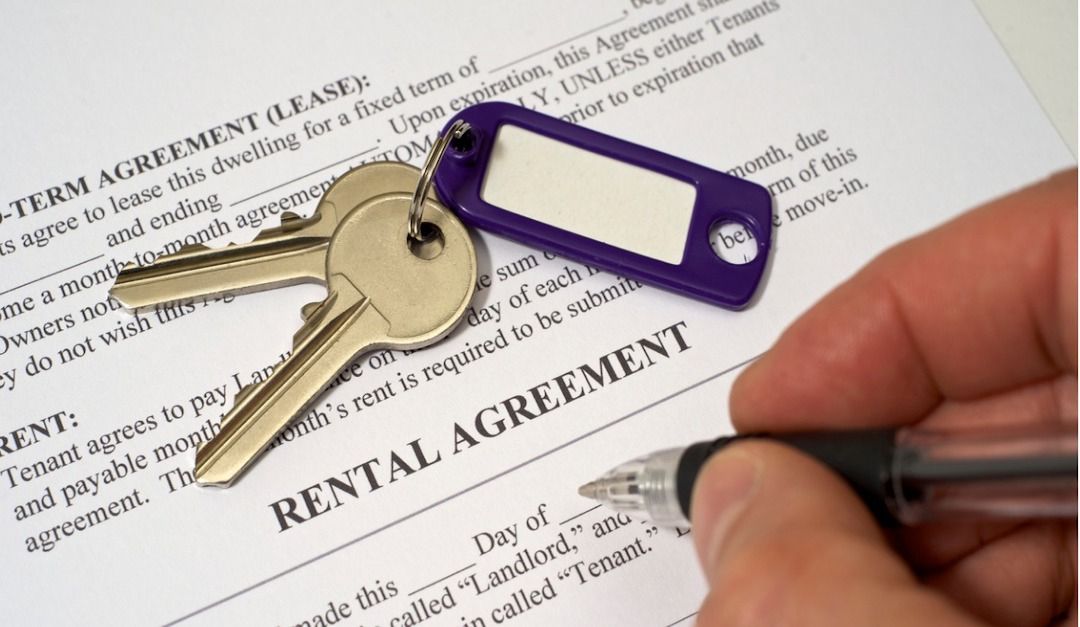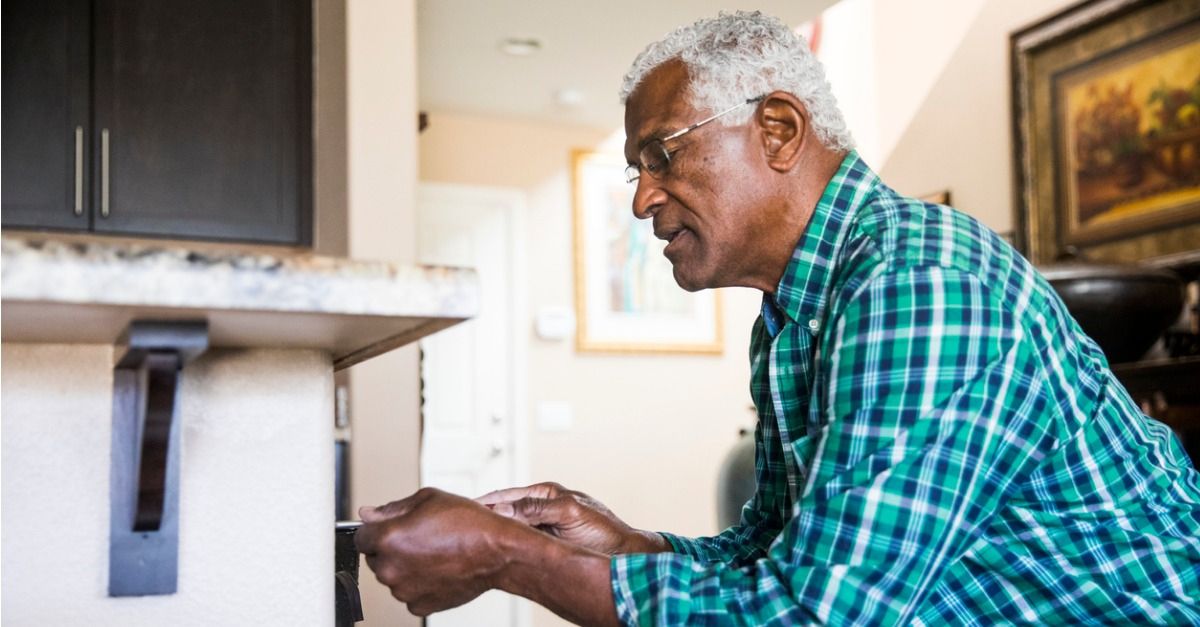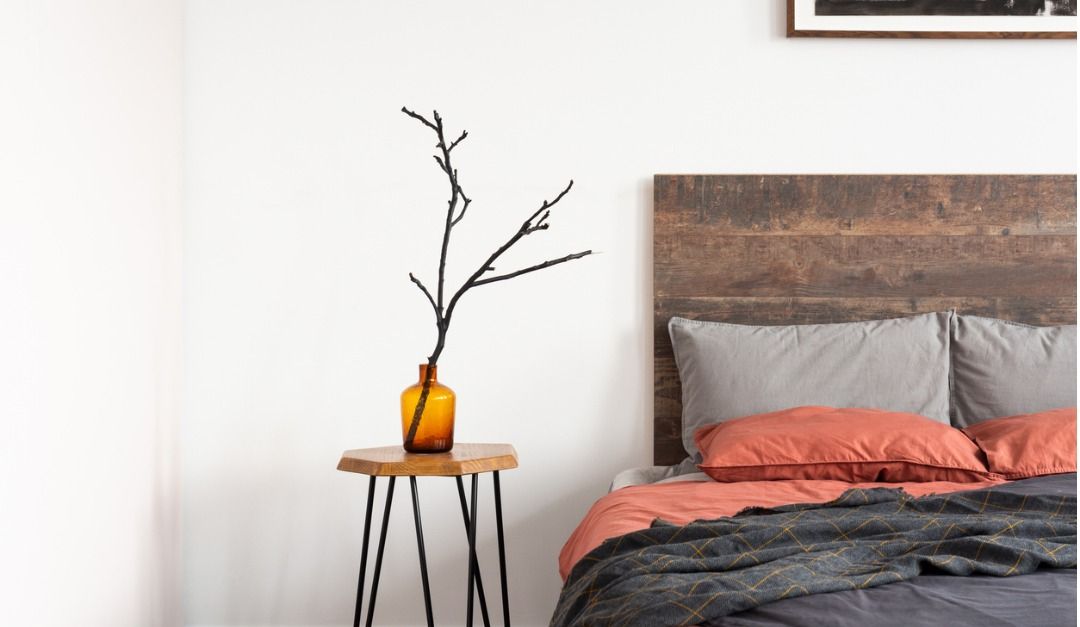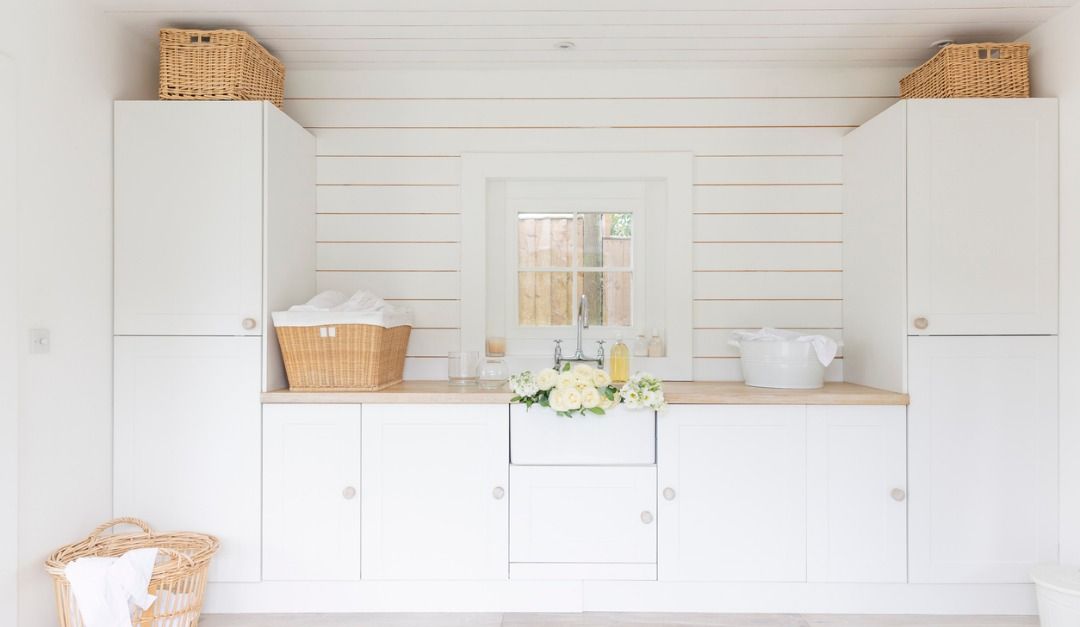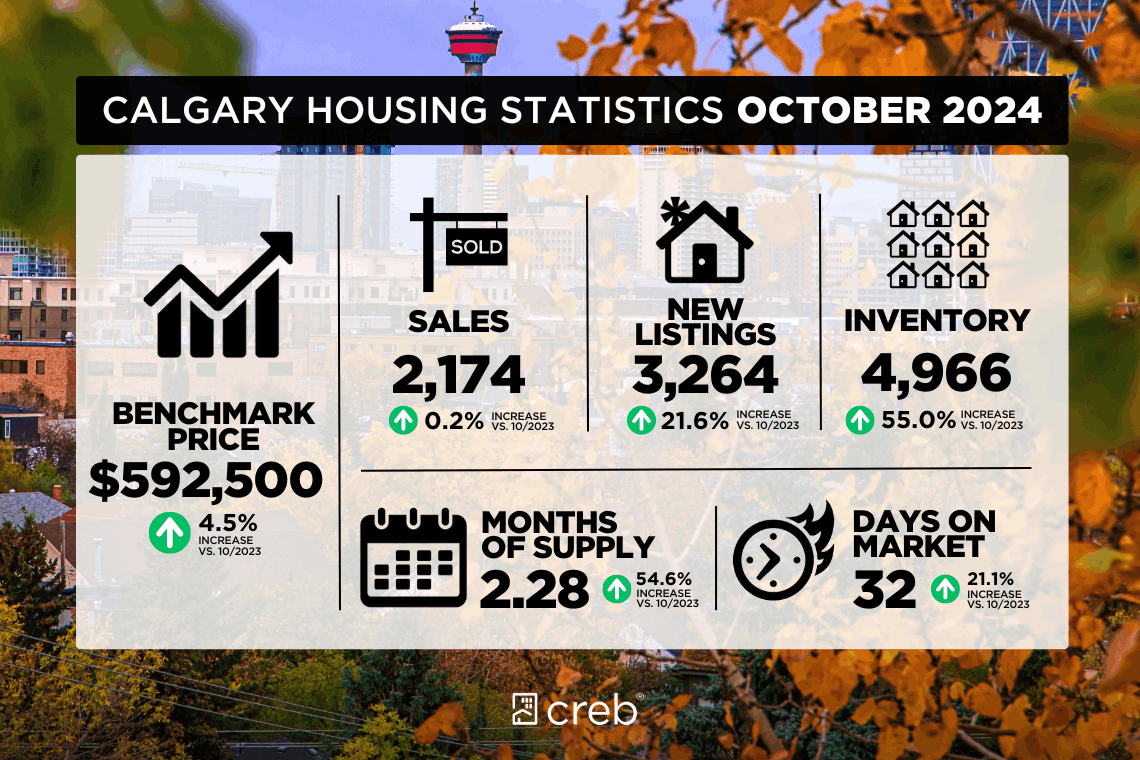
CREB: Supply levels improving for higher-priced homes
Sales gains for homes priced above $600,000 offset declines at the lower end of the market, resulting in October sales that were similar to last year. The 2,174 sales in October increased over September and stood 24 per cent above long-term trends for the month. “Housing demand has stayed relati
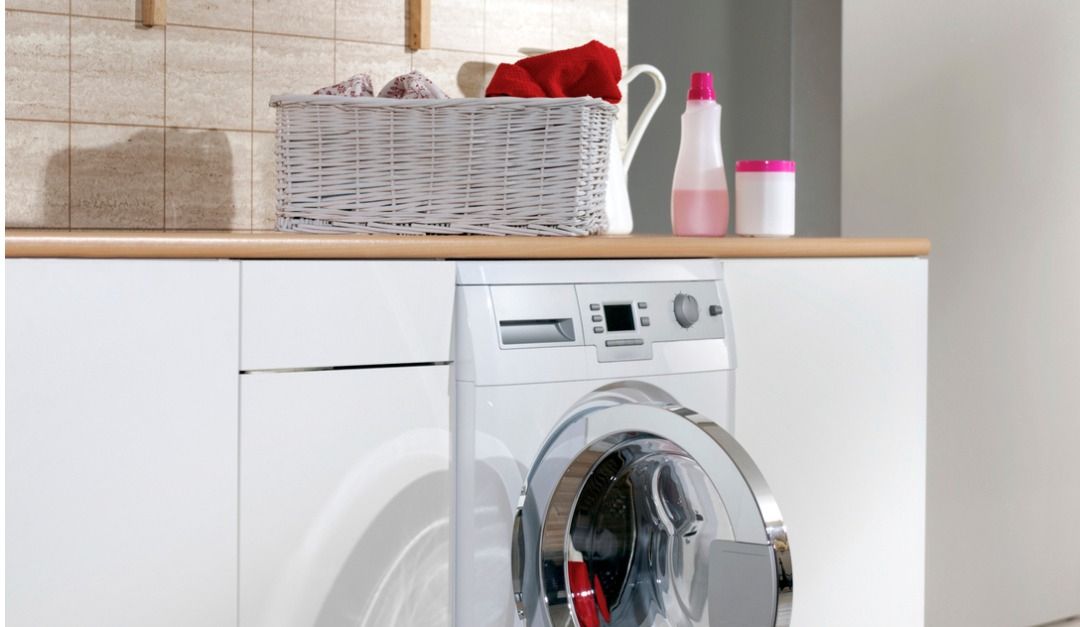
Buyers Really Want these 10 Things in Their Next Home
There is likely no bigger purchase than a home. There are some things on most every homebuyers’ list when it comes to looking for their perfect property whether they’re buying for the first time, upgrading or downsizing. These 10 things seem to be really important to most: Separate laundry room.
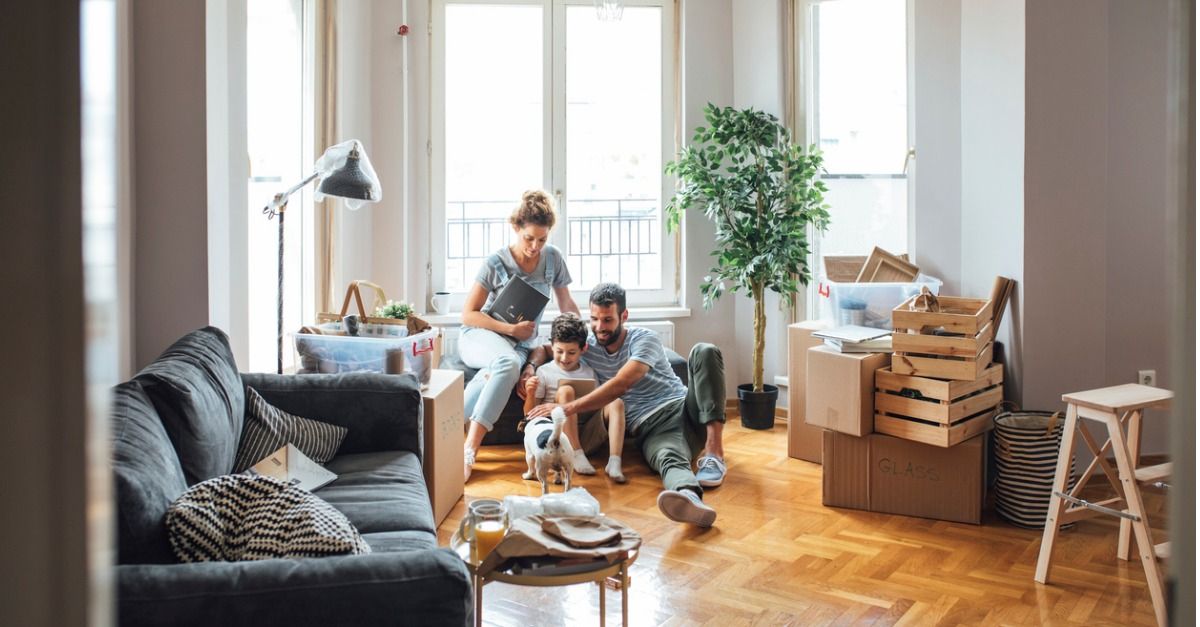
3 Tips for Moving From a SF Home Into a Condo
Moving from a larger home into a condo, something many Canadians find themselves doing, presents a number of considerations, not the least of which is figuring out what to do with all your stuff. If you’ve spent years living in a detached home, it’s possible you’ve acquired a lot of furniture an
Categories
Recent Posts

